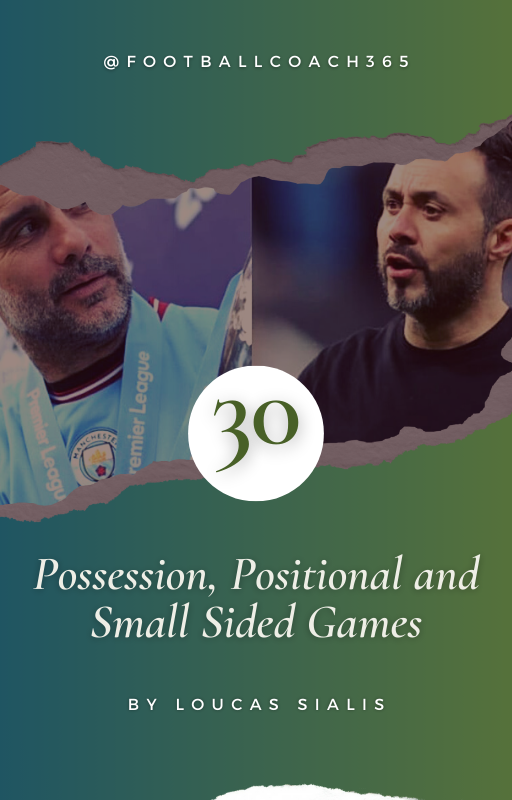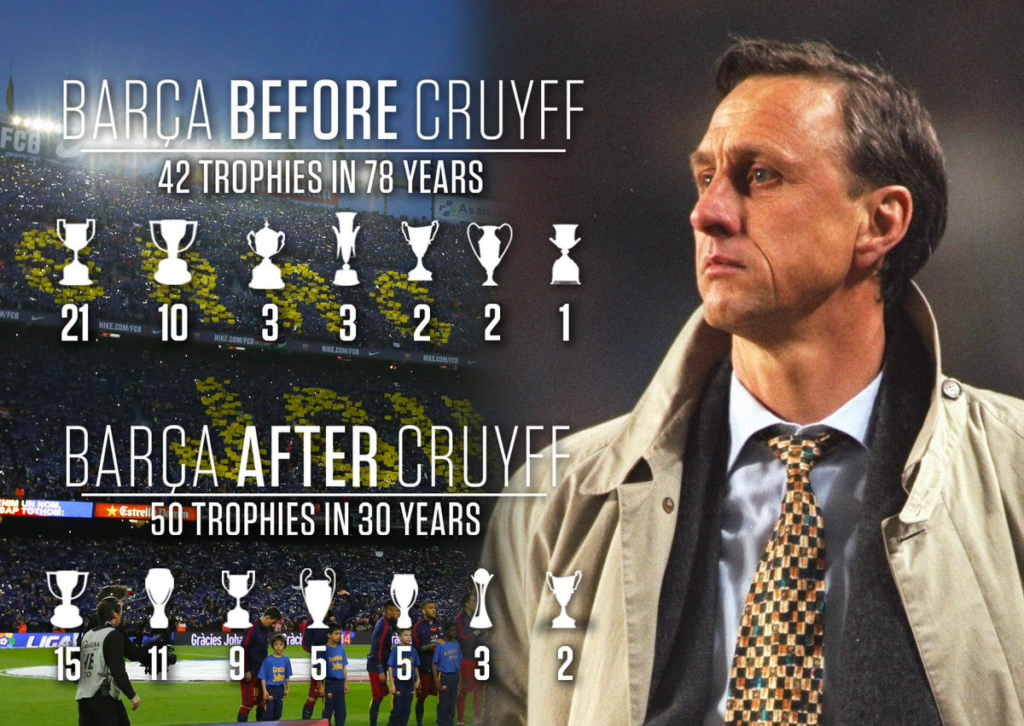Football is a physically demanding sport that requires players to be well-prepared before stepping onto the pitch. Effective warm-ups plays a crucial role in preparing players for the physical and mental demands of a football match.
Soccer coaches carefully design soccer warm-up drills to enhance physical performance, reduce the risk of injury, and ensure players are fully engaged before kickoff. A proper warm-up increases blood flow to the muscles, improves mobility, and primes the body for high-intensity physical activity.
While traditional methods like static stretching help with flexibility, modern soccer drills focus on dynamic movements that replicate real-game situations, allowing players to transition smoothly into competitive play.
One of the most effective soccer warm-up drills used by top teams is the rondo. Unlike simple jogging, static exercises or passing drills, rondos incorporate ball movement, quick decision-making, and teamwork, which encourage players to stay sharp both physically and mentally.
This drill also activates key muscle groups essential for a football player, improving coordination and reaction speed while maintaining high energy levels. Many elite teams, including FC Barcelona, Bayern Munich and Manchester City, integrate rondos into their warm up routines because they simulate match scenarios, helping players develop composure under pressure.
By including rondos in football training, coaches can ensure their teams are well-prepared, technically sharp, and ready to perform at their best.
Everything that goes on in a match, except shooting, you can do in a rondo.
Rondos are small-sided possession drills that requires from players to keep the ball under pressure, encouraging quick decision-making, fast passing, and constant movement for support.
More than just a fun drill, rondos replicate real-game scenarios, helping players improve their touch, awareness, and composure under pressure.
But what makes rondos so effective? But what makes rondos so effective? How can coaches and players use them efficiently for warm-ups in football training?
This article will explore the importance of rondos in warm-ups, their benefits, and the best ways to implement them in your training sessions.
30 Possession, Positional and Small Sided Games

Dive into the world of tactical mastery and player development with an expansive collection
- High Tempo Football
- Players develop their technical skills and tactical understanding
- Players cultivate essential life skills such as communication, leadership, and resilience.
- They learn to adapt to varying game situations
- Think critically under pressure, and collaborate effectively with teammates
- Forging bonds that extend beyond the final whistle.
Table of Contents
Understanding Rondos
What is a Rondo?
A rondo is a popular possession-based warm-up exercise in football training drill that focuses on improving a player’s skill, decision-making, and quick passing under pressure. It is a small-sided possession drill where a group of players tries to keep the ball while one or more defenders attempt to win it back.
The players keeping possession, often called outside players, must pass quickly and move constantly to maintain control while the defenders try to regain control of the ball.
Rondos can be adapted into specific exercises depending on the training objective, such as improving first-touch, pressing, or positional awareness. By incorporating rondos into soccer warm-up drills, teams can enhance their technical ability and teamwork before stepping onto the pitch.
Origins and Evolution of Rondos
Rondos became famous through the Dutch Total Football philosophy and were later refined by Johan Cruyff and Pep Guardiola at FC Barcelona. Their tiki-taka style of play—based on quick passing, movement, and spatial awareness—was heavily influenced by rondo training. Over time, teams across Europe adopted the drill, recognizing its ability to improve technical and tactical aspects of play.

Basic Principles of Rondos
- Attackers pass the ball quickly, maintaining good spacing.
- Defenders press aggressively to win possession.
- If a defender wins the ball, they swap places with the player who lost possession.
- Coaches can modify the drill by changing the number of players, touches, rules or space.
Benefits of Using Rondos in Warm-Ups
Enhancing Technical Skills
Rondos require accurate passing, quick ball control, and smart movement. Since the playing area is often tight, players develop a softer first touch, allowing them to control the ball better in real-game situations. They also practice passing with different parts of the foot, improving their technical ability.
Improving Decision-Making and Awareness
One of the most valuable benefits of rondos is improving a player’s ability to think quickly under pressure. Players must constantly scan the field, anticipate movements, and react instantly. Over time, this increases game intelligence, helping players make better decisions during matches.
Building Teamwork and Communication
Since rondos involve multiple players working together to keep possession, they naturally promote team chemistry. Players learn to read each other’s movements, provide passing options, and communicate effectively. This enhanced teamwork leads to smoother ball circulation during actual games.
Physical Benefits: Agility, Endurance, and Coordination
Football is a game of constant movement, and rondos help players develop:
- Agility – Players must adjust their positioning quickly to avoid tackles.
- Endurance – Quick sprints and rapid passes keep players active throughout the drill.
- Coordination – Players learn to move, think, and pass simultaneously, improving their overall game awareness.
Rondo, rondo, rondo. Every. Single. Day. It’s the best exercise. You learn responsibility and not to lose the ball. If you lose the ball, you go in the middle. Pum-pum-pum-pum, always 1 touch. If you go in the middle, it’s humiliating, the rest applaud and laugh at you
Xavi Hernandez
Common Types of Rondos for Warm-Ups
Basic 4v2 Rondo
This is the most commonly used rondo, where four players try to keep the ball away from two defenders. It’s an excellent starting point for beginners, as it teaches the fundamentals of passing, movement, and pressing.

5v2 or 6v3 Rondo
This variation adds more players, making the drill more challenging. With additional passing options, attackers must move intelligently to keep possession, while defenders work harder to win the ball.

Positional Rondos
These rondos, often called Positional Games, are designed to replicate real match situations, with players maintaining their actual in-game positions. For example, defenders work on building out from the back, while midfielders practice quick one-touch play under pressure.

Pressing Rondos
Instead of focusing purely on possession, pressing rondos emphasize defensive intensity. Attackers are encouraged to play at high speed, while defenders practice cutting passing lanes and applying pressure effectively.
How to Structure Rondos in a Warm-Up Sessions during the year
Starting with Simple Rondos
Begin with a basic 4v2 rondo to allow players to get into rhythm and understand how the need to move to always provide support. As the year progresses, increase the complexity by adding more defenders, alternating the rules or limiting touches.
Ideal Duration
A 10-15 minute rondo warm-up is perfect for keeping players engaged while ensuring they are physically and mentally ready for training or a match.
Combining Rondos with Other Warm-Ups
While rondos are great for ball work, they should be paired with light jogging, stretching, and mobility exercises for a complete warm-up.
Common Mistakes to Avoid
Lack of Intensity
If players are not moving quickly or pressing aggressively, the rondo loses its effectiveness. Coaches should ensure players maintain high energy levels throughout the drill.
Poor Spacing
Attackers must maintain proper distances to create passing lanes. If players crowd the space, it becomes easier for defenders to win the ball.
Holding the Ball Too Long
Rondos are all about quick passing. If a player holds onto the ball too long, the defenders gain an advantage. Encourage fast decision-making and sharp movement.
Examples of Professional Teams Using Rondos
FC Barcelona
Barcelona has long used rondos as a core part of their training, emphasizing quick passing and off-the-ball movement. The players are used playing the Rondo from an early age from Barcelona Academy, La Masia. Their tiki-taka style is built around the principles learned in rondos.
Manchester City
Under Pep Guardiola, Manchester City players regularly practice high-intensity rondos to develop their pressing game and improve possession play.
Bayern Munich
Bayern uses rondos to improve transition play, ensuring players react quickly when losing or winning possession.
Conclusion
Rondos are an essential tool in modern soccer warm-ups, offering both technical and tactical benefits. They improve a player’s passing accuracy, awareness, teamwork, and decision-making, all while keeping the warm-up engaging. Whether you’re a youth coach or managing a professional team, integrating rondos into your warm-up sessions can elevate your team’s performance and prepare them for real-game scenarios.
By ensuring proper execution and intensity, rondos can transform a simple warm-up into a highly effective training drill that enhances individual and collective skills.
FAQs
1. What is the ideal number of players for a rondo?
It depends on the drill, but the most common setups are 4v2, 5v2, and 6v3.
2. Can rondos be used as a full training session?
Yes! Many teams use rondos as a primary training method to develop possession play and pressing tactics.
3. How do I make rondos more challenging?
Limit touches, reduce space, or increase the number of defenders to simulate match pressure.
4. What equipment is needed for a rondo?
Only a ball and cones to mark the playing area.
5. Do youth teams use rondos?
Absolutely! Rondos are great for developing young players’ technical skills and decision-making abilities.

